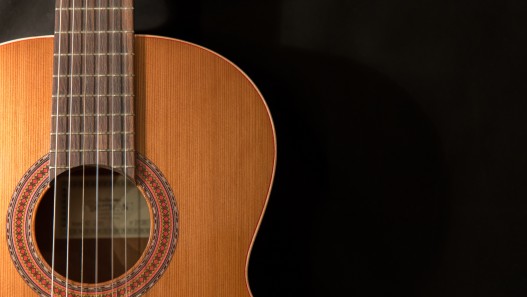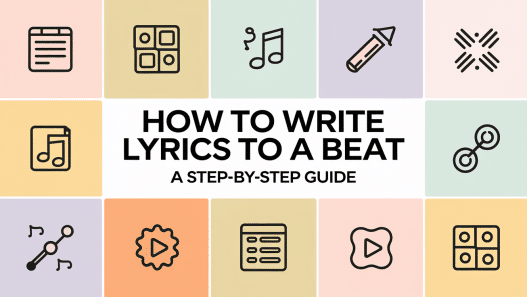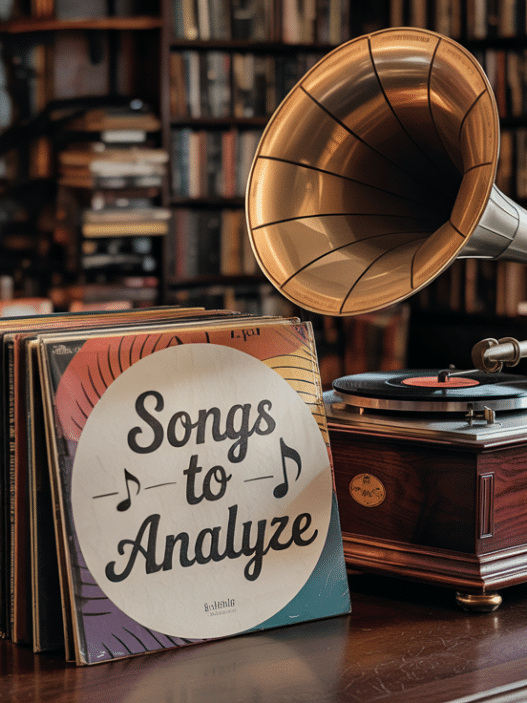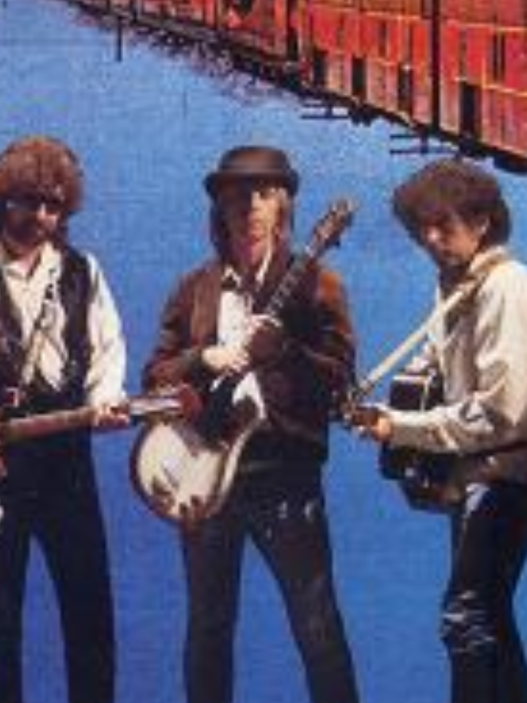Ever stared at a beat playing on repeat, knowing perfect lyrics are hiding somewhere in your mind? You’re not alone.
Writing lyrics to a beat isn’t magic—it’s a skill anyone can learn. This guide breaks down the process into simple steps that actually work.
No fancy techniques or complicated methods here. Just practical tips from songwriters who’ve been exactly where you are right now.
Ready to turn that catchy beat into a complete song? Let’s walk through how to match your words to music, build your confidence, and finally finish those tracks sitting on your hard drive.
The secret isn’t finding inspiration—it’s knowing what to do when it shows up.
What Does It Mean to Write Lyrics to a Beat?
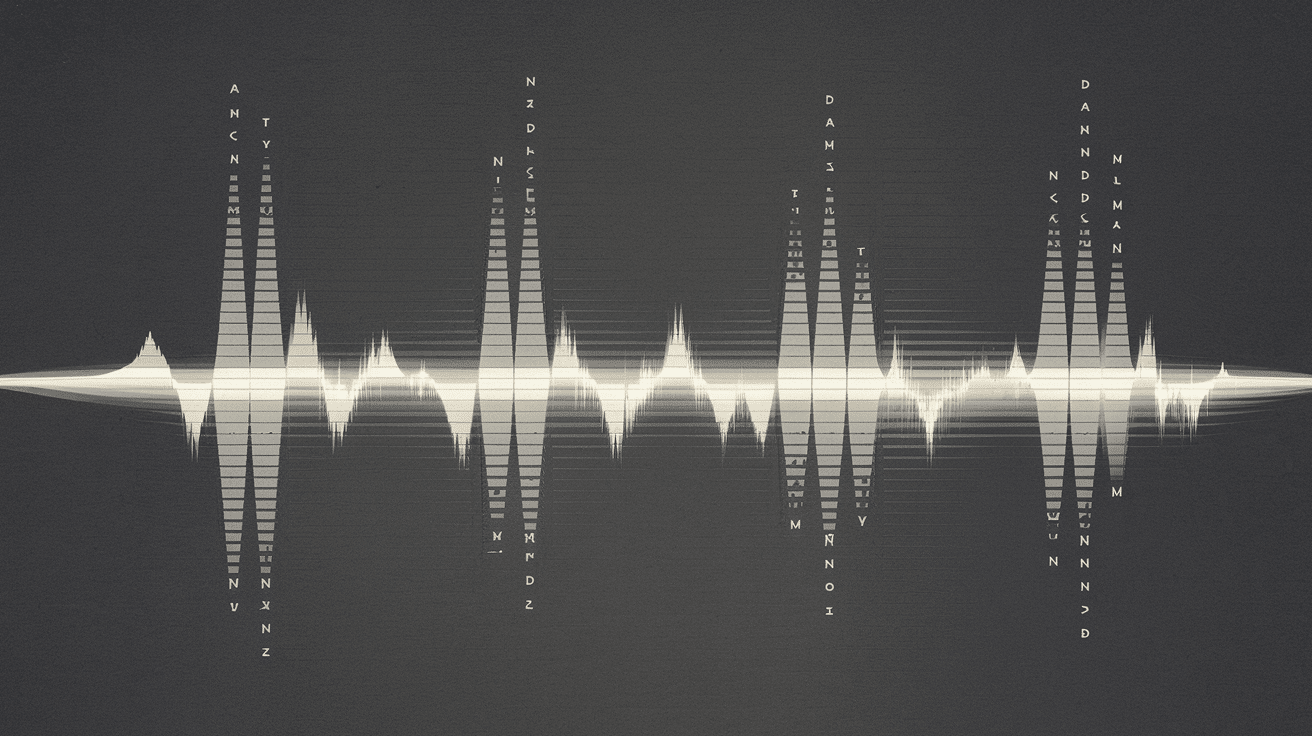
Writing lyrics to a beat means creating words that match the rhythm, mood, and flow of an instrumental track.
Instead of writing freely with no timing in mind, you’re shaping your lyrics to fit inside the beat’s structure, like building your words into the rhythm.
A beat gives you a tempo (speed), mood (feeling), and pattern (timing) to work with. Your job as the songwriter is to make your lyrics match that energy.
This includes making sure your lines land at the right time, your syllables flow naturally, and your message fits the vibe of the music.
For example, if the beat is slow and emotional, your lyrics might be more reflective and drawn out. If the beat is fast and upbeat, your lyrics might be punchy and energetic.
Writing to a beat helps your song feel tight, connected, and powerful—instead of just words placed over random music.
How to Write Lyrics to a Beat
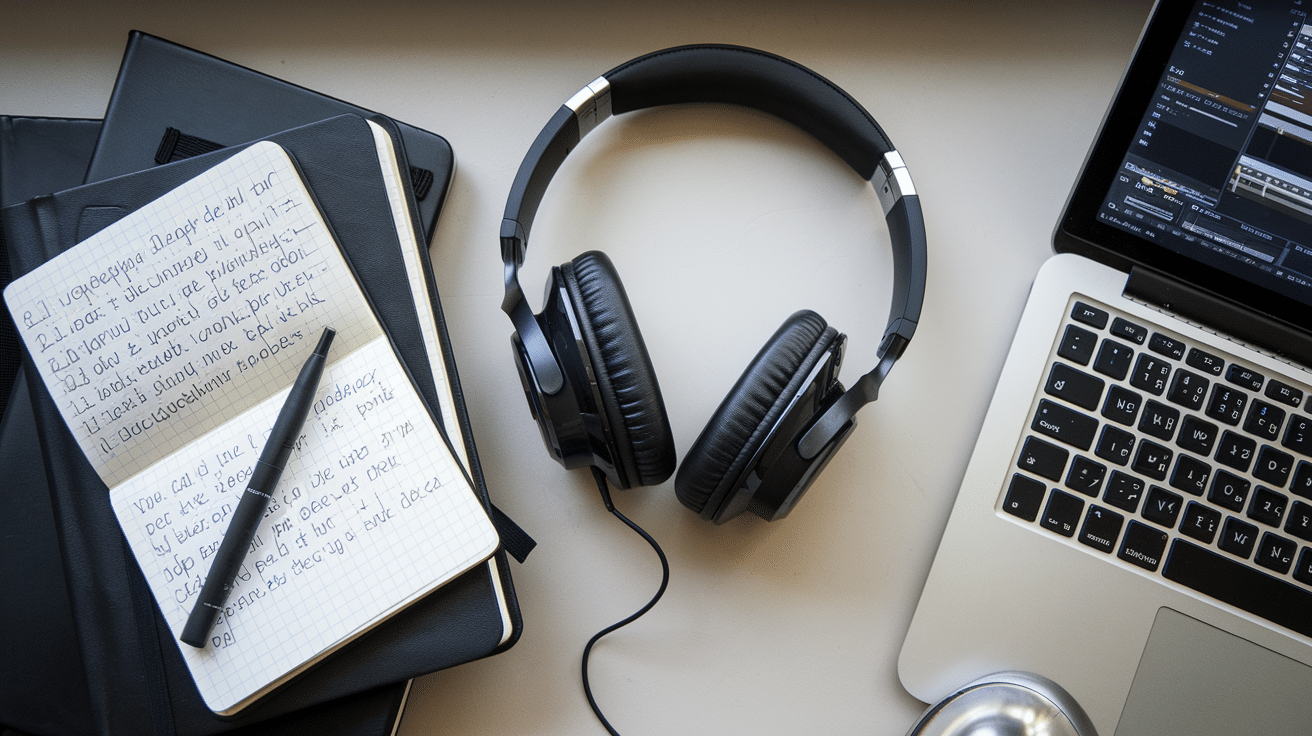
Writing to a beat can feel tricky at first, but with the right approach, it becomes a fun and creative flow. Below is a simple, beginner-friendly breakdown of each step to help you write lyrics that move with the music, not against it.
Step 1 – Choose the Right Beat for Your Mood or Message
The first step in writing lyrics to a beat is finding the right instrumental—one that feels like the emotional foundation of your song. Think of the beat as the mood of your message.
A sad or mellow beat might inspire reflective or emotional lyrics, while a high-energy trap beat might call for confident, fast-paced lines.
Here’s how to choose the right beat:
-
Think about your message. Are you telling a love story, hyping yourself up, or expressing something deep? Match the beat to that vibe.
-
Listen for emotion. Does the beat feel happy, moody, dark, exciting, or smooth? Your lyrics should reflect the same feeling.
-
Pay attention to tempo. A slower beat (around 60–80 BPM) gives you space for emotional delivery. A faster beat (90–120 BPM) pushes you toward more rhythmic, punchy lyrics.
-
Consider genre. R&B beats tend to be smoother and melodic, perfect for storytelling or love songs. Hip-hop beats often highlight rhythm and wordplay. Pop beats might be more catchy or uplifting.
Step 2 – Listen to the Beat and Catch the Vibe
Once you’ve chosen a beat, spend time just listening to it, over and over. This step is about catching the vibe before jumping into writing. Your goal is to feel how the music flows so your lyrics can naturally fit into it.
Here’s how to connect with the beat:
-
Close your eyes and feel the mood. Is it calm, exciting, emotional, or intense? Let your body and emotions react—this helps you write from a more real place.
-
Count the bars and beats. Most beats follow a 4-count (1-2-3-4). Try clapping or tapping your hand to get a feel for timing.
-
Hum melodies or freestyle sounds. Don’t worry about words yet—make sounds or nonsense phrases. This helps you lock into the natural rhythm and find flow.
-
Pay attention to where the beat drops or changes. These are great spots for transitions, like the chorus or bridge.
Step 3 – Build a Hook or Chorus First
The hook (also called the chorus) is the catchiest, most repeated part of your song. It usually captures the main idea or emotion and ties everything together. Starting with the hook helps you figure out what your verses should support or lead into.
Here’s how to build a strong hook:
-
Please keep it simple and repeatable. Use short phrases, clear wording, and something that feels good to say or sing multiple times.
-
Match the mood of the beat. If the beat feels emotional, your hook should reflect that. If it’s hype and fun, keep the chorus energetic and bold.
-
Use the melody from Step 2. If you found a natural melody while humming or freestyling, shape that into words—it’s probably already in sync with the beat.
-
Try different ideas. Don’t be afraid to write a few hooks and see which one sticks best. A great hook often feels like it “clicks” with the beat right away.
Step 4 – Match Your Lyrics to the Beat’s Flow and Structure
Once you have your hook, you can start building verses that fit the beat’s flow. Every instrumental is made up of bars and beats, which act like the framework for your lyrics, kind of like lines on a notebook page.
Here’s how to make your lyrics fit the beat:
-
Understand the beat structure. Most songs are built on 4-bar or 8-bar sections. Each bar has 4 counts (1-2-3-4). You want your lines to land cleanly within these counts.
-
Count syllables as you write. Too many words can make you rush; too few can make your line feel empty. Aim for balanced, natural-sounding lines.
-
Line up your rhymes. Rhyming words usually land at the end of each bar or every two bars, depending on the style. Matching your rhymes to the beat’s bounce makes your lyrics feel more musical.
-
Say it out loud as you go. Speaking or rapping your lyrics over the beat helps you catch anything off-rhythm and keep the flow smooth.
Step 5 – Develop Verses That Support Your Chorus
Now that you’ve written your hook and understand the beat’s rhythm, it’s time to write verses that build around your main message. Verses usually go deeper, sharing thoughts, feelings, or moments that explain why the hook matters.
Here’s how to write strong verses:
-
Stick to the theme of the chorus. If your hook is about confidence, your verses could share the journey that got you there. Keep everything connected so your song feels complete.
-
Use storytelling or real emotion. A good verse paints a picture. You might describe a scene, a memory, or how you’re feeling in the moment.
-
Keep your flow smooth. Just like with the hook, make sure your verses fit into the beat’s bars. Speak them out loud to check if they land right.
-
Use contrast or build-up. Each verse can add something new or build intensity leading back into the chorus.
Step 6 – Practice Out Loud and Adjust
Once you’ve written your hook and verses, the next step is to practice your lyrics out loud with the beat. This is where you make sure everything flows the way it should. Sometimes a line that looks great on paper might feel too fast, too slow, or just awkward when spoken or sung.
Here’s how to fine-tune your lyrics:
-
Read or rap along with the beat. Go line by line and pay attention to how your words match the rhythm.
-
Listen for any awkward spots. If something feels rushed or out of place, try swapping a word or changing the phrasing.
-
Record a rough take. Hearing your voice over the beat can help you spot problems you might miss while writing.
-
Play with your delivery. Try different tones, speeds, or styles until it feels natural and fits the mood of the beat.
Step 7 – Tips for Beginners: What to Do When You Get Stuck
If you hit a creative block while writing lyrics to a beat, don’t stress—it happens to everyone. The good news is, there are plenty of ways to break through and keep the momentum going.
Here are some helpful tips:
-
Freestyle over the beat. Even if it’s random or silly, it can unlock new ideas and flows.
-
Write a word bank. Jot down words that match the beat’s vibe—feelings, colors, places, actions—and use them to spark lines.
-
Switch perspectives. Try writing from another point of view (e.g., someone else’s story or a character).
-
Change the beat. If it’s really not working, try a different instrumental that inspires you more.
-
Take a short break. Step away for a few minutes, then come back with fresh ears and new ideas.
Tools and Apps that Can Help You Write Better Lyrics
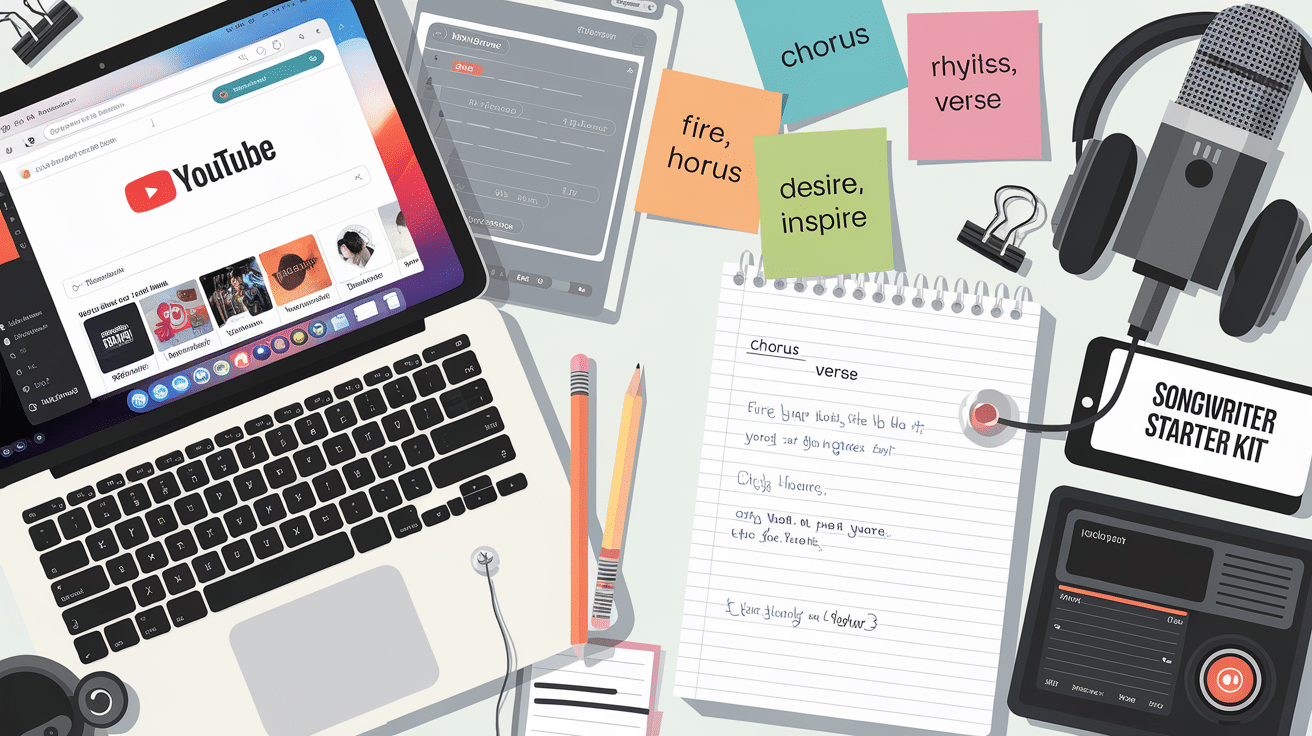
Writing lyrics to a beat becomes much easier—and more fun—when you have the right tools.
Whether you’re struggling with rhymes, organizing your ideas, or recording rough takes, there are plenty of apps and platforms designed to help songwriters stay inspired and on track.
-
YouTube – Just search terms like “free rap beat,” “emotional R&B instrumental,” or “lo-fi pop beat” to explore endless options.
-
BeatStars – A huge library of beats from producers around the world. You can filter by mood, genre, or BPM, and even buy the rights if you want to release a song.
-
Lyric Notepad – Made specifically for songwriters, this app helps you write lyrics, count syllables, and organize verses and hooks.
-
Evernote or Google Keep – Great for jotting down ideas anytime inspiration hits. You can organize by tags or song titles.
-
RhymeZone – Type in any word to get a list of rhymes, near rhymes, and synonyms. Super helpful for tricky lines.
-
WordHippo – Another great site for finding rhymes, meanings, and creative ways to express yourself.
-
Voice Memos (iOS) / Easy Voice Recorder (Android) – Use these to record quick melody ideas or practice takes right from your phone.
-
BandLab – A free app that lets you record over beats, add effects, and even mix tracks—all from your phone or computer.
Conclusion: Start Simple, Stay in the Pocket, and Keep Practicing
Writing lyrics to a beat isn’t just about following rules—it’s about finding your voice and telling your story. When you match words to rhythm, something magical happens.
Remember to listen deeply, jot down your ideas, find a flow that feels right, and keep refining until it clicks. Don’t overthink it. Sometimes the best lyrics come from the heart, not the head.
Everyone starts somewhere. Your first attempt might not be perfect, but that’s okay. Each song you write helps you grow as an artist.
Ready to put these steps into action? Grab that beat that’s been stuck in your head and start writing. Your words deserve to be heard.
Share your lyrics in the comments below or tag us in your finished track. We’d love to hear what you create!






